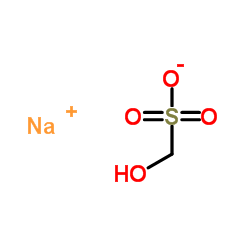| Structure | Name/CAS No. | Articles |
|---|---|---|
 |
Sodium formaldehyde bisulfite
CAS:870-72-4 |
|
 |
Propane Residual Solvent Standard
CAS:74-98-6 |